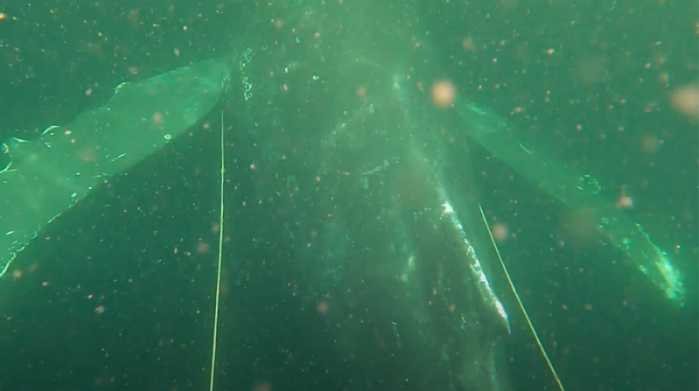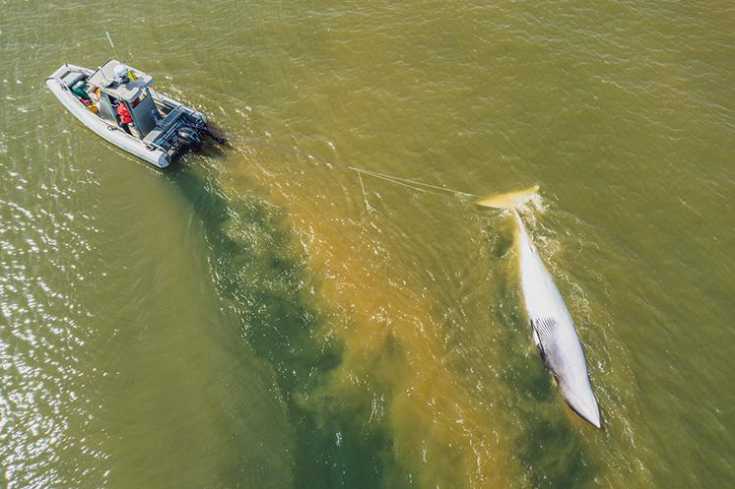 |
JOINT BASE ELMENDORF-RICHARDSON, Alaska — Keeping an eighty-thousand pound aircraft flying safely doesn’t just happen on accident; rather, precision machines the size of a giant blue whale are kept soaring safely through the skies by the dedication of dozens of Airmen, not the least of whom are crew chiefs.
Having grown up in a Guard family, joining the Air National Guard seemed like the right thing for Airman 1st Class Trevor Galindo. Looking up to his father, a retired HC-130 Hercules crew chief, and later watching his older brother, Airman 1st Class Dalton Galindo, enlist as a loadmaster, Galindo had a good idea of what he would be getting into when he enlisted.
“What motivated me to join the Air National Guard was the amazing opportunities it has to offer,” said Galindo about why he enlisted. “My father and older brother spoke about all the benefits like becoming part of something bigger than yourself and the lifelong skills you can take anywhere.”
As a crew chief, Galindo routinely inspects, maintains, repairs, and cleans HC-130Js as well as consulting with system specialists to precisely troubleshoot more in-depth problems.
A typical day with the 176th Aircraft Maintenance Squadron has a focus on maintaining strong lines of communication across the team. Starting their morning with a brief meeting, crew chiefs make sure they’re aware of both their own and their peers’ training and inspections. This level of accountability ensures time spent maintaining the aircraft is maximized both for the Airmen’s development and mission completion.[xyz-ihs snippet=”adsense-body-ad”]“One of the biggest challenges I’ve had to overcome in this career has been understanding some of the more complicated characteristics of the aircraft,” said Galindo. “I’m always trying to learn something new, and my co-workers have been instrumental in helping me learn more every day. I was never a mechanically inclined person but I picked this career because I enjoy planes and wanted to improve my mechanical ability because I found it interesting.”
In addition to giving Galindo challenges and the tools to overcome them, pursuing his career as a crew chief for the Alaska Air National Guard is helping him with college expenses through its competitive tuition assistance program and preparing him for a career outside of the military ahead of his civilian counterparts.
While civilian students can spend years studying for certifications, Air National Guardsmen have the opportunity to learn their trade in military technical school and then hone their skills in their squadron during drill weekends and annual training. The time Airmen spend working in their units translates directly into professional civilian certifications through the Air Force Credentialing Opportunities On-Line.
“There are a lot of non-military jobs that being an Air National Guard crew chief can prepare you for. You can work for the FAA, FedEx, UPS, and any other company that may have aircraft; or you can work on any other types of mechanics because of the advanced skills applied in this job,” said Galindo.
Galindo shared that ultimately, joining the Alaska Air National Guard was the best choice for him. He is also thankful that he was hired into a full-time crew chief position with his unit.
“The Alaska National Guard has made me a better person; I have more pride in everything that I do since I started my career here,” he said. “This job pushes me to keep going and pursue higher achievements.”
Source: Department of Military and Veteran’s Affairs






